What is hidden behind the slightly funny name of tussah? Few can answer the question, tussah, what kind of fabric is it. It is worth figuring out what tussah is!
Story
Chesucha is a wild silk obtained from unique moths (oak silkworms). The first to produce wild silk were the inhabitants of Shantung Province.
Having come across the name shantung fabric, what is it, you should know. The fabric itself has been produced for about 250 years, and at the peak of its popularity it was a century ago. Chesucha, shantung and wild silk are synonymous words denoting the same type of material. It was this type of silk that was used in Russia for the manufacture of multi-layered dresses.

Production technology
Many people are interested in wild silk, what it is and how it is produced. Silk tussock is a fabric made using the plain weave method. The main stage of fabric production is combing the fibers obtained from the cocoons of butterflies of the peacock-eye family.
For this purpose, both sides of the cocoon are needed. Therefore, both the outer and inner sides are used in production. The original fiber is called "tussore". The resulting fibers necessarily undergo the stages of sorting and loosening. Excess impurities are removed, and the soaked mass is dried.
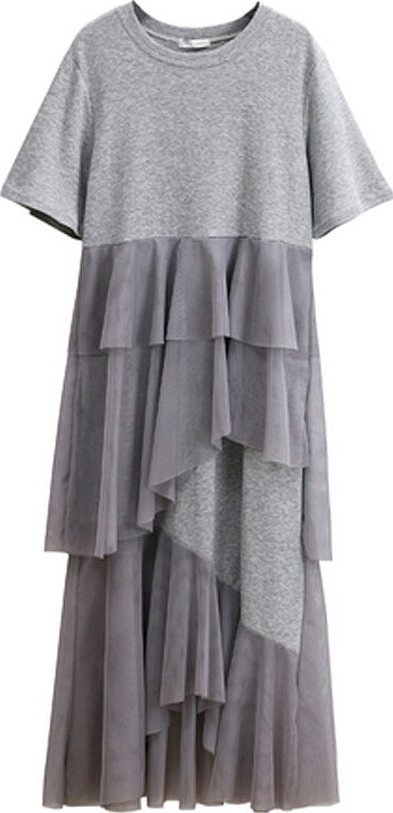
The density of the future material will depend on the method of combing. Then the material is formed into bundles, from which the fabric is obtained.
Please note! Only high-quality cocoons are accepted for work.
Properties and uses of silk
The properties of the material include the naturalness of the color. It is associated with the silkworm's nutrition with tannins. The threads themselves, from which the fiber is made, do not have a smooth surface.
The surface of the fabric is uneven, has knots. The material is slightly rough. All the roughness and unevenness do not have a clear location and are scattered randomly throughout the entire canvas.
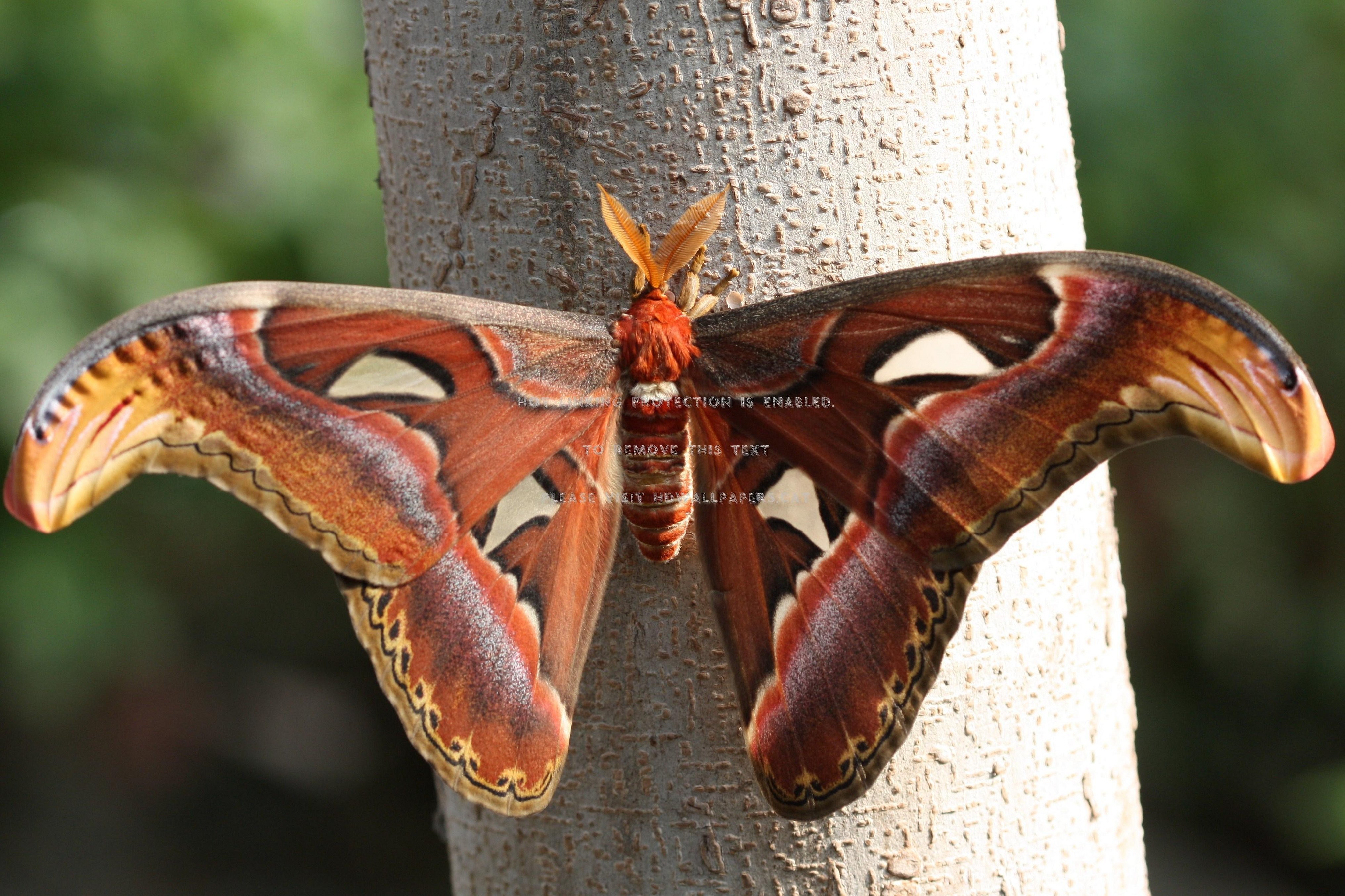
The fabric has honey, beige, yellow or sand shades. The most common colors of the canvas are yellow and sand. This type of silk also has a shine. In modern production, it is common to add mixed compositions to the fabric during the manufacturing process. Cotton or viscose materials are often used.
The most well-known fabric among needlewomen is the "trekhgorka" fabric with the addition of cotton. It is produced by the "trekhgornaya manufactory". Such silk fabrics will be similar to the original, but they will still be distinguished by density, shine and other qualities of the fabric.
For your information. The combed pattern is printed on the canvas. Also, in some cases, the fabric undergoes a dyeing procedure.
Scope of application
You can sew a lot of things from this fabric. The following have become widespread:
- bed sheets;
- curtains;
- jackets, suits and other clothing;
- textile products;
- furniture industry.

If desired, it is possible to use tussock in other areas.
Chesucha and fashion
At the time of manufacture, this fabric was not held in high esteem by designers. But over time, the material became fashionable. Now in the world of high fashion, this material is no less in demand than any other.
Leading clothing houses have appreciated the material. Simple, with a pleasant shine, but at the same time drapes well. Now a large number of things are made from it. Suits, jackets and office-style jackets can be made from dense materials. Also raincoats and raincoats, light jackets and even shoes.

Lighter fabrics can be used to sew summer sets, tunics, and skirts. But medium-density fabrics can be used to make excellent evening dresses and simply elegant outfits. Such soft, graceful folds cannot be obtained from every fabric.
Designers also appreciated the canvas on its merits. Now the material is successfully used in the furniture industry and textile industry. Finishing of premises and decorative elements with tussah transforms the design of any interior. Stylish sets of bed linen and textiles in the form of curtains, tablecloths and bedspreads are very popular.
Care of products
Care instructions may vary depending on the composition.
Note! Cardigan with added cotton or viscose may require slightly different care.
General recommendations:
- Machine washing is prohibited, only hand washing is allowed. The water temperature should not exceed 30 °C.
- If there is heavy soiling, it is better to take the item to the dry cleaner.
- It is prohibited to use strong substances during the washing process.
- If you can’t rinse the item, you can rinse it in water with a small amount of acetic acid added.
- Hand and machine wringing is not welcome, the product should be dried by laying it out on a hard surface. When drying, no pressure should be applied. It is better to carry out the procedure in a ventilated room.
- Drying in direct sunlight is prohibited, otherwise the material will fade.
- Wild silk should not be exposed to high temperatures. For ironing, use a special mode appropriate for silk fabrics. It is prohibited to iron the product from the front side.
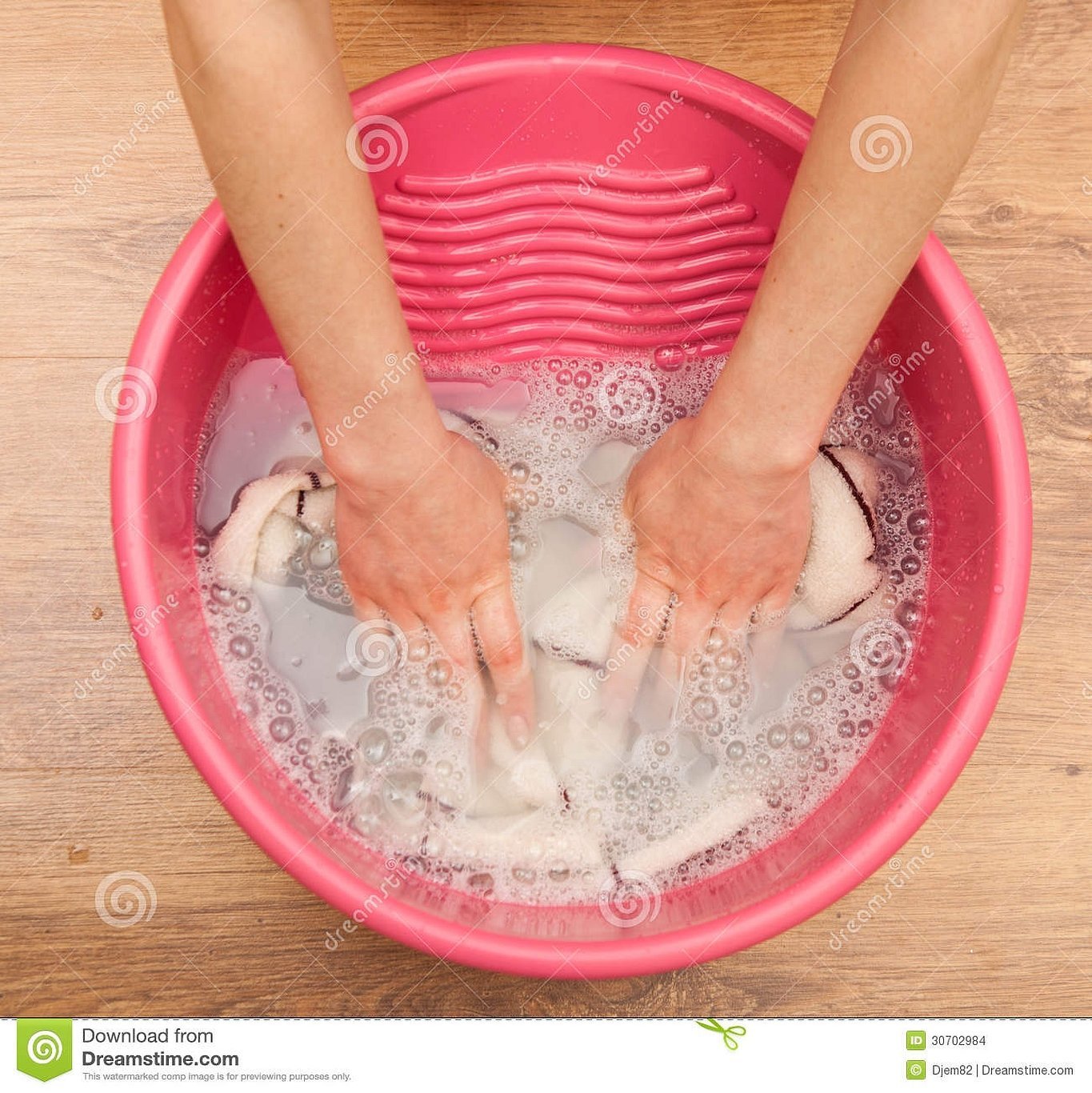
Advantages and disadvantages
Like any fabric, tussah has its advantages and disadvantages.
The advantages include:
- Beautiful appearance, due to the unevenness you can get a stylish thing and an original design.
- Density.
- It is resistant to abrasion. With proper care, it does not lose its shine and shade.
- Naturalness and hygiene.
- Comfort due to the fact that the fabric is comfortable to wear in any weather.
- It absorbs moisture well, but only becomes damp when there are large amounts of moisture.
- Hypoallergenic.
- When sewing clothes, natural folds are modeled.
- Does not have the property of stretching and losing shape.
- Chemical resistance to many substances.
- The fabric contains amino acids that have a positive effect on human joints.
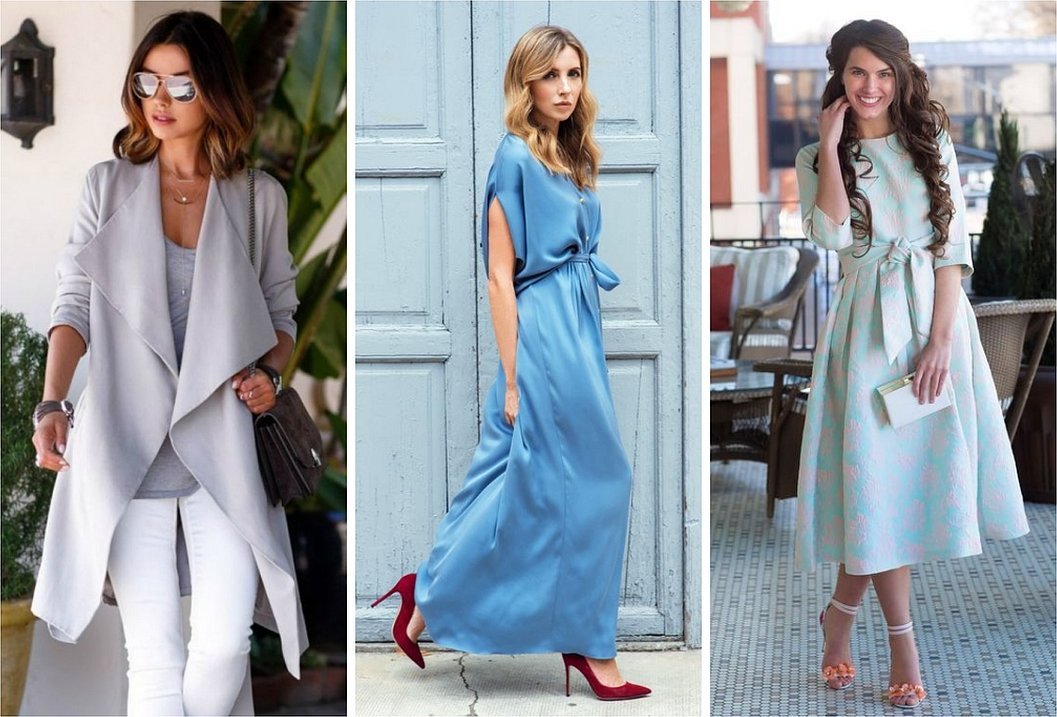
Flaws:
- The fabric must be carefully looked after.
- It rinses out quite poorly.
- May deteriorate if exposed to sweat for too long.
- The fabric wrinkles a lot.
- Fades in the sun.
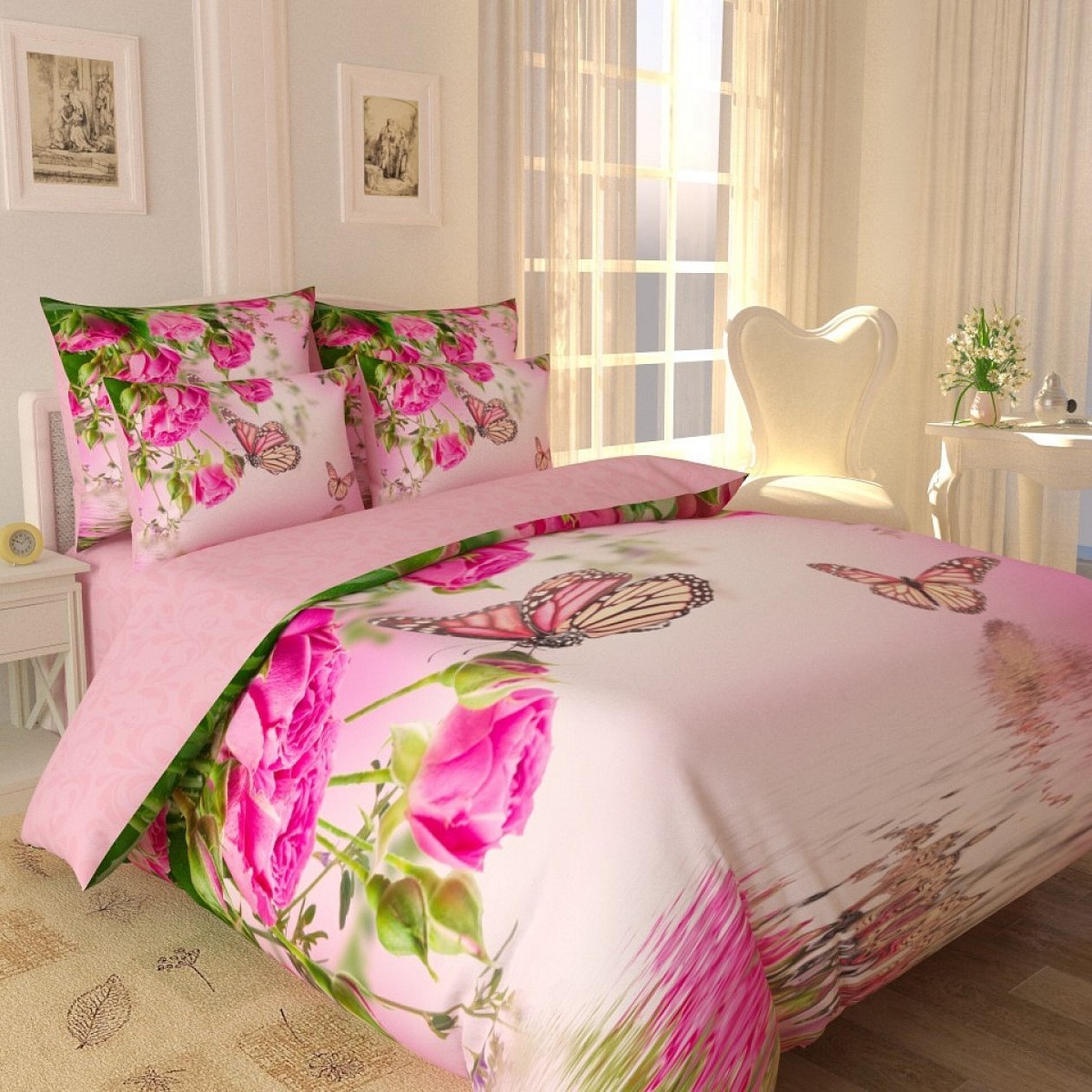
Reviews of the material
Inna, 37, Ivanovo. “I first encountered the material several years ago when I was sewing light curtains for my kitchen. The material performed well, and I sewed myself a suit. It’s not suitable for constant wear — it’s hard to care for, but it’s perfect for going out. I wore it to my child’s first-grade assembly, and it looked impressive.”
Irina, 27, Magnitogorsk. “I’ve always wondered what kind of fabric tussah is. I decided to buy myself a few things made of this material. I chose a summer suit for summer weather and a jacket for the office. They lasted a very long time. But I only washed them by hand in warm water and put them on the back of the sofa. They retained their shine until the very end. Now I’ve bought another tussah jacket, but with added cotton. So far, no complaints either.”
Elena, 45, Tyumen. "I took natural 100% tussock silk. I took the fabric to the studio and ordered a dress. I wear it for going out, it looks expensive and the folds are great."
Different fabrics are needed, different fabrics are important! With delicate care, this fabric will show itself perfectly and will please its owner with a pleasant appearance.




